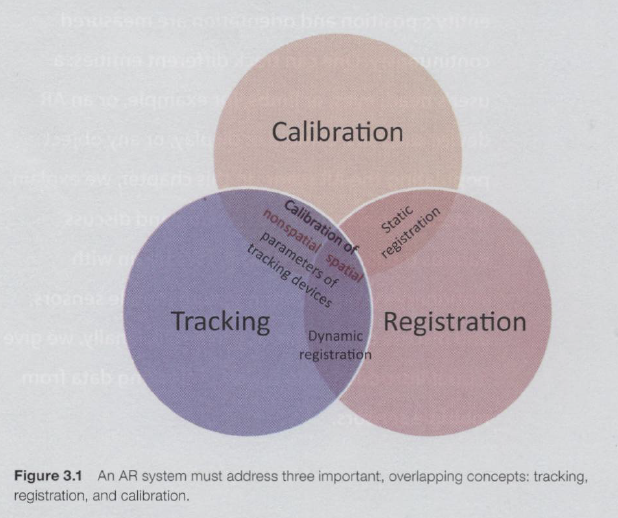Tracking in VR — what is SLAM?

In any VR situation, it is necessary to be able to track the movement of the user and keep the virtual elements where they belong in relation to the user. Tracking an entity (think headset or user), according to Augmented Reality: Principles and Practice by Dieter Schmalstieg and Tobias Hollerer, means that the orientation and position of the entity are measured continuously. Calibration and registration then go hand in hand with tracking. Calibration is the process of comparing two measurements from two devices, one unknown (to be calibrated) and a known measurement. Registration refers to the alignments of the real and virtual objects, using coordinate systems.
One of the ways this is achieved is with SLAM. SLAM, simultaneous localization and mapping, approaches tracking by constructing and updating a map of an unknown environment while simultaneously keeping track of the user's location within the environment.
SLAM is currently being utilized by Google’s self-driving cars, but in terms of Augmented Reality applications, devices could use preexisting GPS data to provide a rough position of the user, and from there create a more complex map of their surrounding.
It’s important to understand, or at least try to grasp, that SLAM is not a piece of technology or code, it instead refers to the problem of trying to simultaneously localize and map the environment. (An Introduction to Simultaneous Localisation and Mapping)
